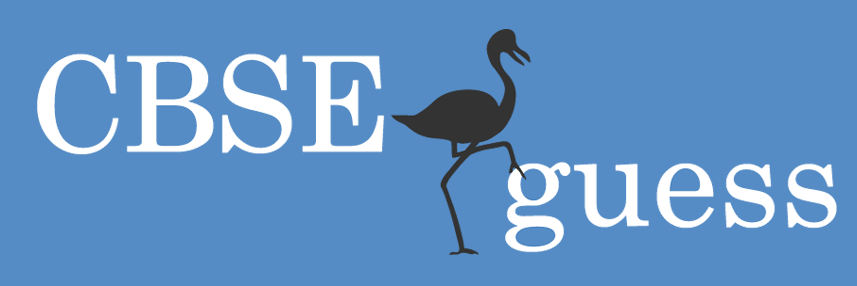Language Learning Strategies – A Simple Strategy
There are different language learning strategies that are practiced by many people and yet there is still a constant search for much simpler ones that can accommodate all kinds of learners. To put language learning strategies in very simple terms they must be categorized according to the point of view of the learners themselves.
Cognitive Strategy- This is grounded on the processes of induction, verification, deduction, practice, memorization, monitoring. This usually requires the involvement of another individual to serve as a mentor for the learner. This strategy is best employed in an academic set up that requires more time as well as money on the part of the learner. However, this strategy can be effective for those who need reinforcement and motivation from another source other than themselves. It is a known fact that not everyone can be self starters so they will need others to teach them within the confines and restrictions of a learning standard and constant performance based feedback.
Self Learning Strategy- This is one of the widely used language learning strategies. This is more flexible as compared to the cognitive strategy because the learner himself defines what constitutes his own learning process. Generally, however, this strategy should involve certain processes such as planning, prioritizing, setting goals, and self management. The effectiveness and efficacy of this strategy depends largely on the learners ability to focus on the subject matter at hand; that is, set a time for learning the language, as well as a conscious manner of monitoring ones own progress. A chart progress is a plus when using this type of strategy. The learner should be able to have enough resource materials to compensate for the lack of actual instruction from a qualified individual i.e. a language instructor. Goals should be set at the very beginning of this self starting strategy and the same goals should be achieved in accordance with the time frame set. What is perhaps the most important aspect of the self learning strategy is the ability of the learner to self rectify. It is very important that the learner knows what his mistakes are and how to correct them.
Social Strategy- One of the more favoured language learning strategies is the social strategy wherein learners have the opportunity to participate in actual conversations in a real social set-up. However, despite the outright exposure to the target language of the learners, this strategy will only indirectly help in acquiring, retrieving, and utilizing of language.
Communication Strategy- This is rather one of the most indirect language learning strategies but is nonetheless still very helpful. This is more focused on the use of the targeted language in a practical scenario i.e. conversations with people who actually speak the language or perhaps actual native speakers. This strategy will be best used for those who are more or less familiar with the basics of the language they intend to learn since it will help them pin point their mistakes in pronunciation, accent, as well as sentence construction.
About The Author
Want to know how to learn Free Spanish For Beginners fast and easily? Go to http://how-to-learn-spanish-for-beginners.blogspot.com to find out how you can learn spanish NOW!
